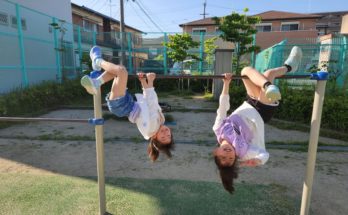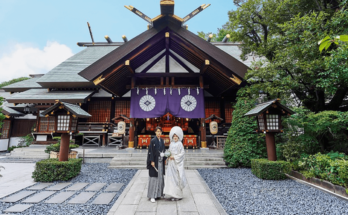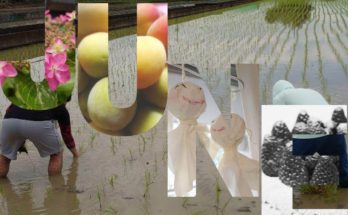Japanese people use onomatopoeia very often in conversations. There are about 3,000 of these words in the United States and about 12,000 in Japan. People’s voices, animals, and other sounds like natural phenomena are mimetic words, and things and emotions are imitation sound words. Why does Japanese have a lot of onomatopoeia? There is one reason– Japanese has an overwhelmingly low number of syllables. There are only 112 syllables in Japanese. It is said that there are more than 30,000 English syllables compared to that, so the difference is obvious. Japanese is said to have many onomatopoeia to supplement expressions that are difficult to express in kanji and basic syllables. Now let’s look at some Japanese onomatopoeia.

Animal Sounds
- Wan wan – Dog sound
- Nyaa nyaa – Cat sound
- Buubuu – Pig sound
- Concon – Fox sound
- Chunchun – Sparrow sound
- Paoon – Elephant sound

Dog calls are often featured in contrast between Japanese and English. This difference seems to change depending on the culture of each country, the type of pronunciation of the language, and the ability to hear sounds. I’ve never heard what sound a fox makes, but it doesn’t sound like a ”concon,” even though it’s represented that way in many kids’ books.
Human Voices
- Hisohiso – A whisper near the ear of the other person when someone does not want to be heard by someone else
- Waawaa – A sound for when many spectators are cheering on when watching sports
- Zawazawa – Used in a room like a classroom, where each person is having a conversation.
- Pecyakucya – Used when you are free to speak without worrying about others

Natural Phenomenon
- Siiin – When it is quiet without any sound
- Potsupotsu – When it starts to rain and also when things start little by little.
- Sitosito – The sound of drizzle
- Zaazaa – Sounds of rain and sounds of sandstorms on TV
- Sinsin – Represents a snowfall
- Byubyu – Strong wind sounds
- Gangan – Sounds of beating iron and used for symptoms of headaches
- Banban – The sound of beating something and the sound of quickly doing something
- Giragira – Strong light from the sun, the state of something shining brightly
- Kirakira – The state of water, jewels, eyes, anything shining
- Korokoro – The sound of small things rolling around
- Gorogoro – The sound of little things rolling around
- Gorongoron – The sound of very big things rolling around

The state of Things
- Zarazara – The surface of something is uneven
- Tsurutsuru – The surface of something is smooth
- Pikapika – Something is shiny
- Gizagiza – Something is jagged
- Dorodoro – Liquid that is wet and sticky
- Fukafuka – State of something soft
- Pokapoka – State of something warm

Emotion
- Ukiuki – Looking forward to future events
- Dokidoki – Heart rate rising due to tension, expectation, fear, etc
- Nikoniko – Smiling face
- Iraira – Having a feeling of anger about something
- Punpun – When a child is angry
- Sowasowa – Worrying about something and being restless

I think you’ve already noticed, but Japanese onomatopoeia often repeat the same letters. There are different onomatopoeia used by region. At hospitals, doctors understand patients’ pain types with onomatopoeia (chikuchiku: stinging pain, zukizuki: feeling of waves in pain, zoon: oppressive pain).
Onomatopoeia are easy to pronounce in early childhood and can be remembered and used along with the senses. Therefore, when adults use them more often, it seems to be childish, but even adults may find it difficult to talk without onomatopoeia.
In the end of this article, I will be introducing a strange onomatopoeia: “donburako donburako.” This onomatopoeia is an onomatopoeia used only when a large peach flows from the upper reaches of the river. Almost any Japanese person can understand and explain this onomatopoeia. If you have Japanese friends, please ask them about this onomatopoeia.

I was born and raised in Aichi. I have a wife and two kids. I love family, sports, nature, anime, and studying English! I love drinking too, but I only allow myself to drink on weekends for health and weight management.




